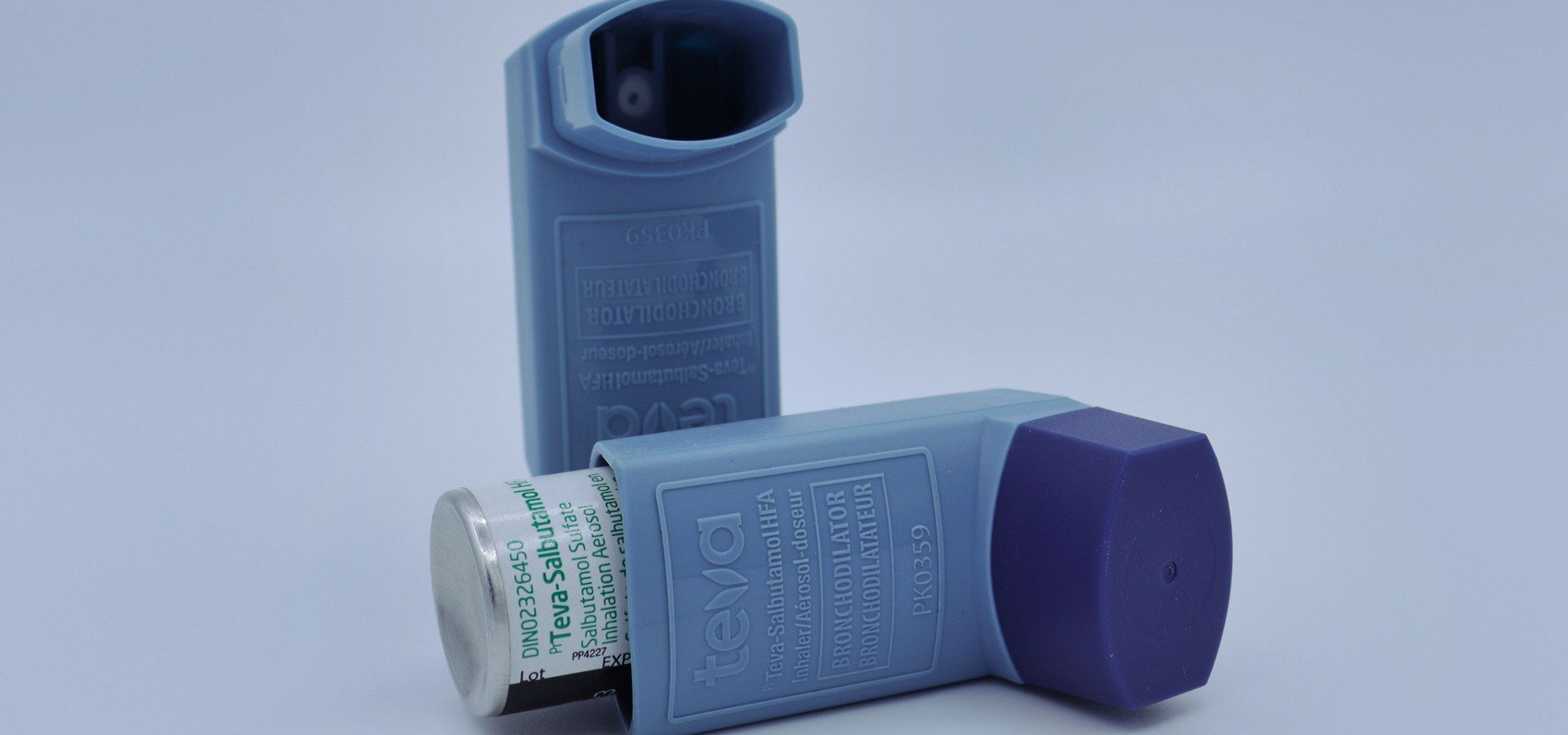A study by the Instituto de Saúde Pública da Universidade do Porto (ISPUP) concluded that greater exposure to green spaces can protect children from developing allergic diseases.
The research, published in the scientific journal “Science of the Total Environment”, sought to assess whether children who have always lived in areas with greater amounts of vegetation or near rivers or the sea, presented less allergic sensitivity at the age of 10 – a risk factor for the development of allergic and respiratory diseases.
Inês Paciência, first author of the article, coordinated by Ana Isabel Ribeiro and André Moreira, explains that “the studies published on the impact of green spaces in the development of allergic sensitivity in childhood are not conclusive”.
For this reason, the team sought to explain this association by conducting a longitudinal study involving 730 Portuguese children, living in the Metropolitan Area of Porto, who were participants in the ISPUP Generation XXI cohort.
The researchers identified the area of residence of these children at various critical moments of their childhood and analysed their exposure to green and blue spaces (rivers and sea). Allergic sensitivity of the study participants was assessed at 10 years of age.
The protective effect of green spaces
It was concluded that children whose home area had the most vegetation within a radius of at least 500 metres showed less allergic sensitivity at the age of 10 years old than those living in areas with the least amount of vegetation, thus demonstrating the protective effect of green spaces on health.
However, the same was not observed for rivers and the sea. “We did not find a statistically significant association between proximity to blue spaces and a lower risk of developing allergic sensitization,” says the ISPUP researcher.
Green spaces as a fundamental element in preventing disease and promoting health
Taking into account the results found and given the growing increase in allergic and respiratory diseases in children, Inês Paciência considers it important to promote the existence of green spaces.
“Urban planning should focus on the construction of green spaces near residential areas, since green areas play a great role in disease prevention and health promotion. It is also crucial to involve citizens in the maintenance and promotion of these spaces.”
The Exalar XXI project
The research, named Neighbourhood green and blue spaces and allergic sensitization in children: a longitudinal study based on repeated measures from the Generation XXI cohort, was conducted under the ISPUP Exalar XXI project, which seeks to study the relationship between urban environments and allergic diseases and asthma in children, through studies that assess the influence of exposure to pollution, green and blue spaces, and biodiversity.
This article was developed in the scope of the Epidemiology Research Unit (EPIUnit) of ISPUP. The researchers Carla Moreira, João Cavaleiro Rufo, Oksana Sokhatska, Tiago Rama, Elaine Hoffimann and Ana Cristina Santos also collaborated in it.
Image: Marcus Wallis/ Unsplash



